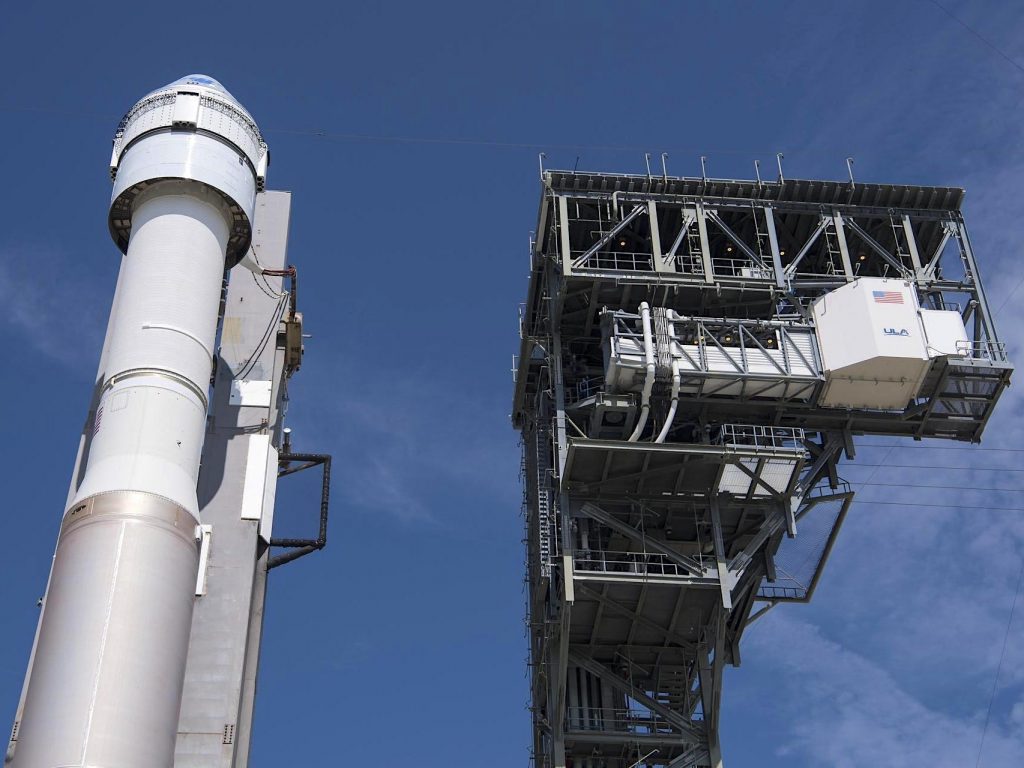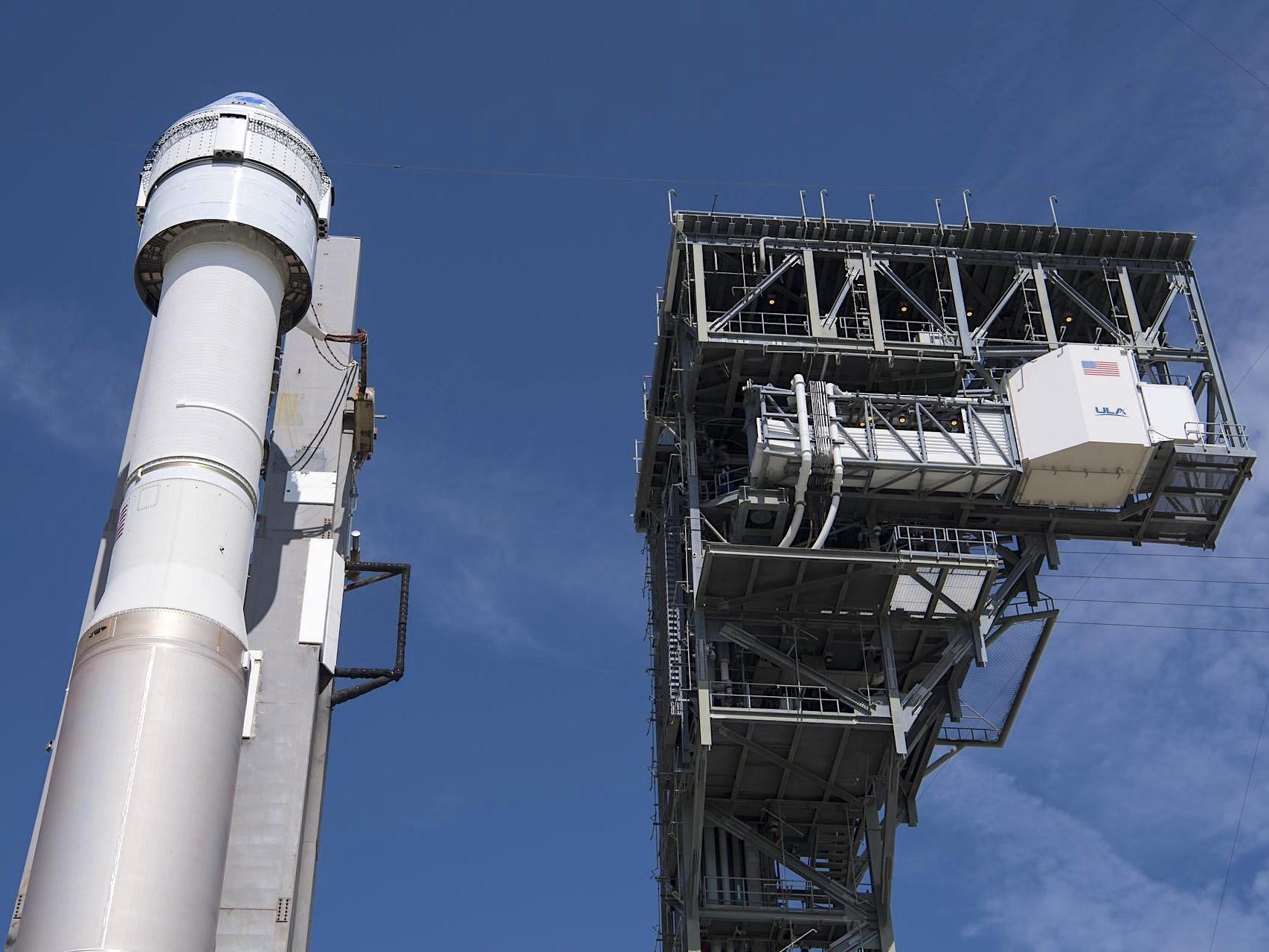
NASA/Aubrey Gemignani
- Boeing's Starliner spaceship won't launch to the International Space Station for NASA this month.
- Four valves on the spaceship's propulsion system are stuck, preventing it from firing its engines.
- Boeing is rolling Starliner back to the factory for further troubleshooting.
- See more stories on Insider's business page.
Boeing designed its Starliner spaceship to fly NASA astronauts. But nobody is getting aboard anytime soon.
The capsule was supposed to complete an uncrewed test flight to and from the International Space Station (ISS) to show the space agency that it's ready to carry people. That was scheduled for August 3, but Boeing had to scrub the launch when it discovered that 13 valves on the spaceship's propulsion system weren't opening as they were supposed to.
Boeing engineers then spent 10 days of working on the spaceship at NASA's hangar in Cape Canaveral, Florida, but four of the valves still won't open and they aren't sure why. On Friday, the company announced that it will move Starliner back to its nearby factory for further troubleshooting, delaying the launch indefinitely.
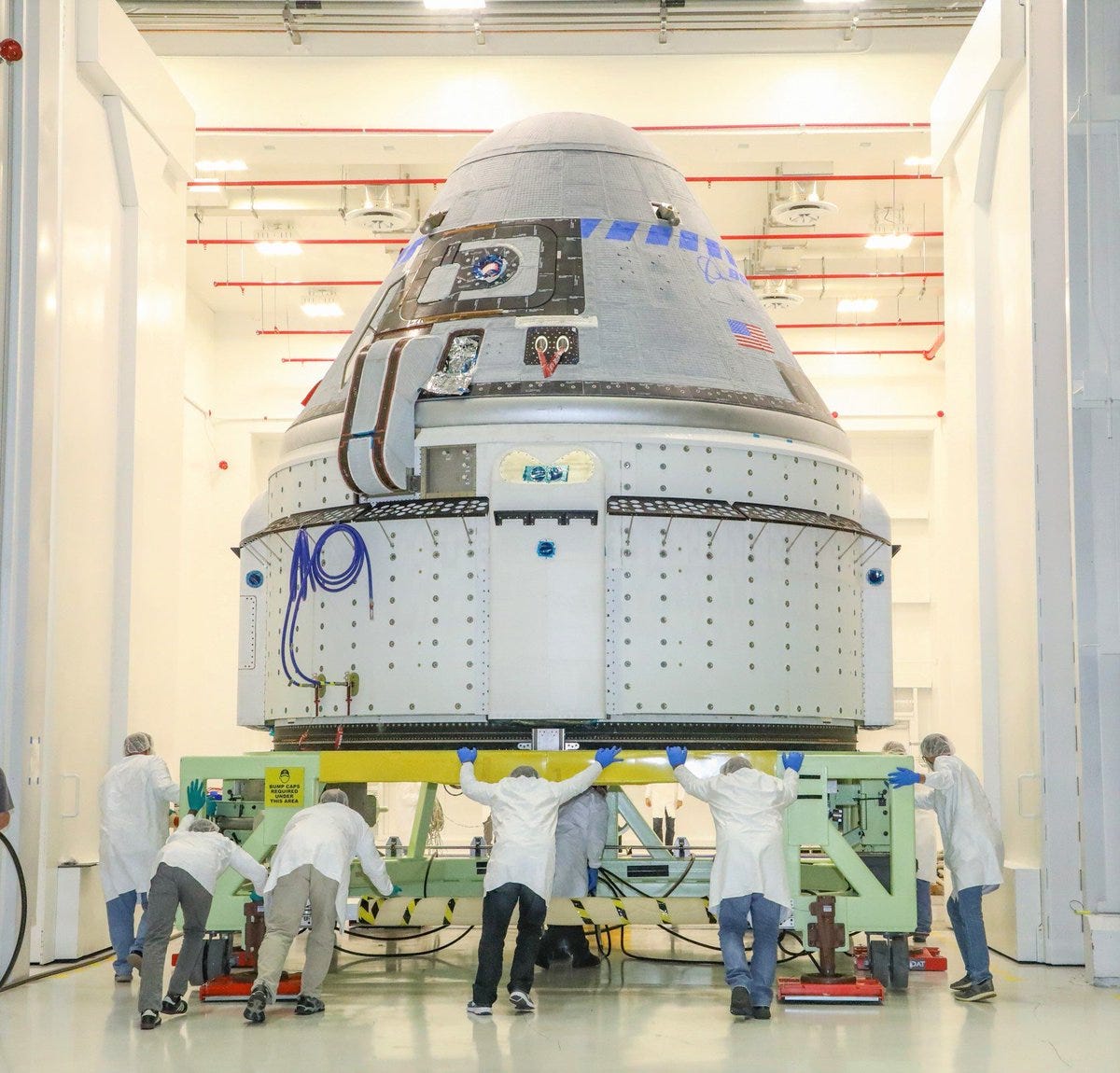
Boeing
"This is obviously a disappointing day," Kathy Lueders, associate administrator of NASA's human-spaceflight directorate, said in a press conference on Friday. "But I want to emphasize that this is another example of why these demo missions are so very important to us. We use these demo missions to make sure we have the system wrung out, before we put our crews on these vehicles."
The uncrewed, automated flight is a critical part of NASA's certification process, and the last step before flying astronauts. Boeing has attempted this part of the process once before, in December 2019, but a software error caused the spaceship to burn through 25% of its fuel too soon after launch. That meant it didn't have enough propellant to reach the ISS and return home, so Boeing commanded the spaceship to parachute back down to Earth.
It took 18 months to investigate and fix that error and prepare for another attempt. But given the current issues, Starliner will not have another opportunity to launch to the ISS until later this fall. That's because NASA's Lucy mission, which is traveling to a group of Jupiter-trailing asteroids, lifts off in October or early November.
"Although we will not be launching in August, it's not for a lack of trying," John Vollmer, Boeing's vice president and program manager for Starliner, said in the press conference. "This will ultimately give us a much safer vehicle in the long run."
Leaking propellant may have corroded the valves that are stuck
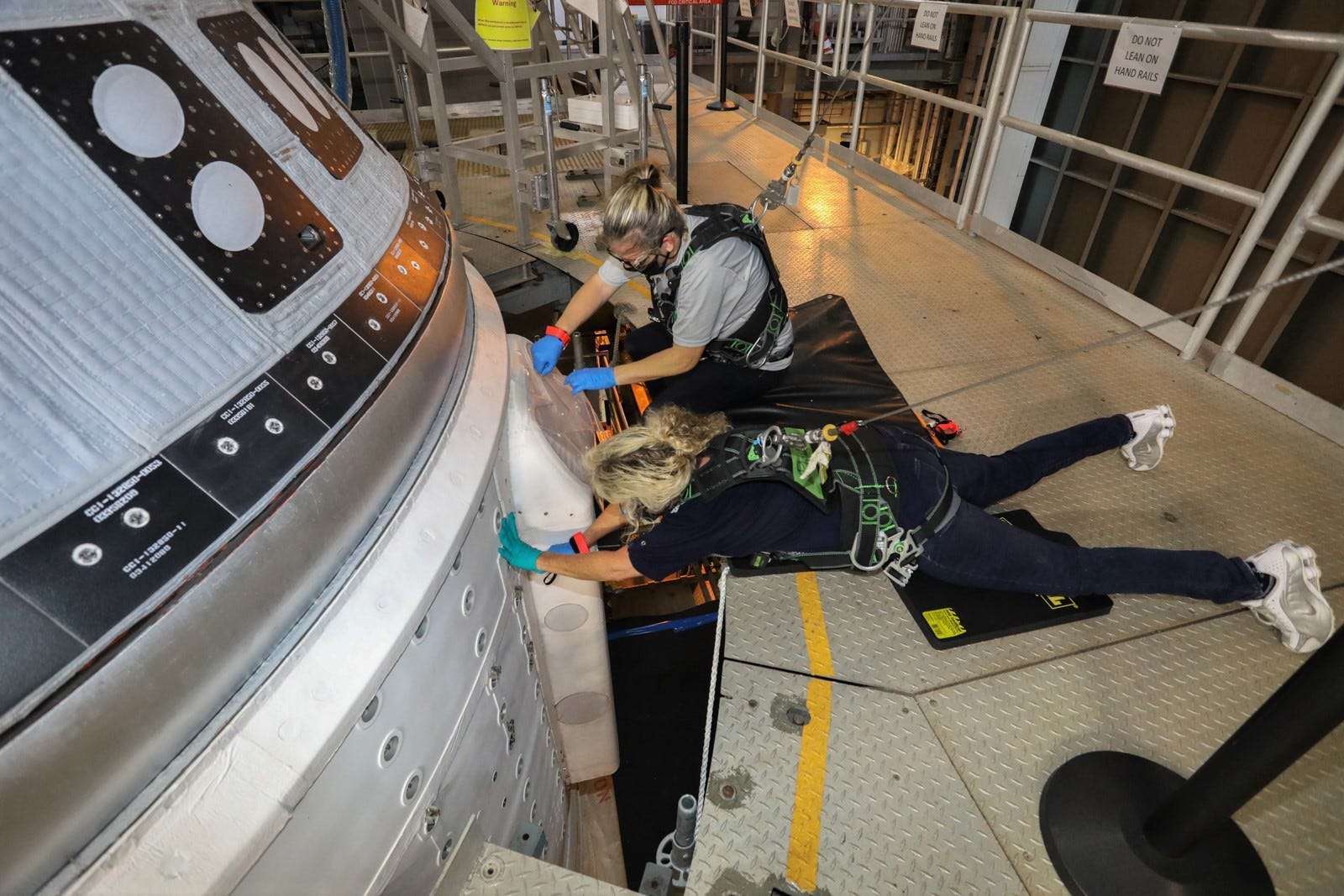
Boeing
Starliner was sitting secured to the top of an Atlas V rocket, ready to lift off from NASA's Kennedy Space Center, when electrical storms prompted Boeing engineers to investigate the spaceship's health. That's when they discovered that 13 of the 24 valves on the propulsion system's oxidizer tank were not opening, but it wasn't because of the storms.
Even if Boeing hadn't noticed this ahead of time, Starliner wouldn't have been able to launch without opening those valves, Vollmer said. Having an issue with 13 of them is "significant," he added.
"These are the kinds of things you want to find on the ground," Lueders said.
She added that it "would not have been good" if the valves had operated normally during launch and then not opened once Starliner reached the ISS.
These are the same valves that Starliner used during its 2019 flight, when they performed as expected.
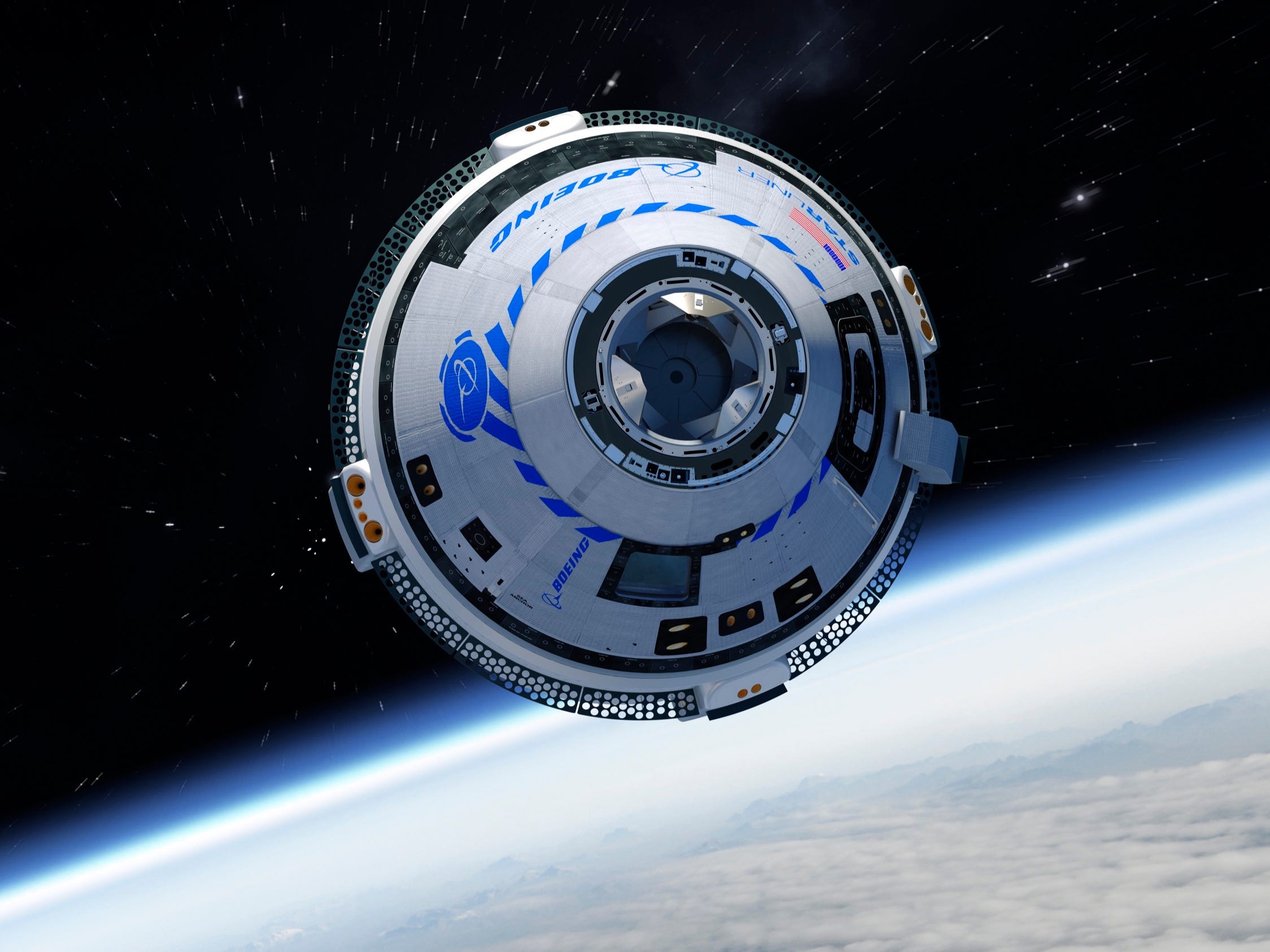
Boeing
Boeing is not sure what caused the new issue. But Vollmer said the most likely explanation has to do with nitrogen tetroxide: the substance inside the oxidizer tank, which mixes with the rocket's fuel to ignite and propel it forward. It might have escaped the tank and started seeping through the valve's seals. Once nitrogen tetroxide interacts with moisture from the air, it creates nitric acid, which could then corrode the valves.
That's a "common phenomenon" with these types of valves, according to Steve Stich, who manages the NASA program that funded Starliner's development.
"It's a problem we had to deal with in the Space Shuttle Program," Stich said in the press conference. "It's pretty standard across the industry to deal with the oxidizer vapor on these cells."
It's not yet clear whether Boeing will need to replace the valves or redesign part of its spaceship.

